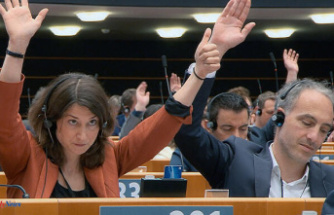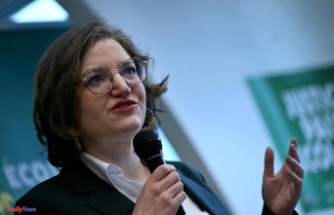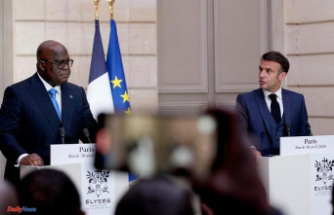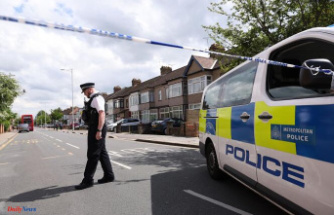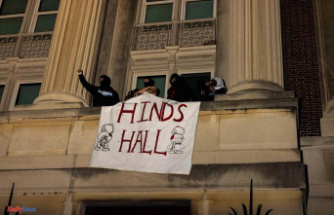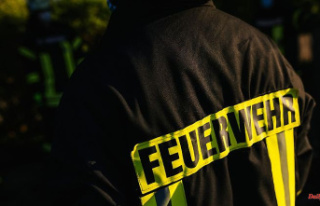Actions by climate demonstrators in museums occupy the houses at home and abroad. Also in Thuringia, the Schiller, Goethe and Cranachland, the question arises: Are the museums safe from the actions of climate activists?
Eisenach/Weimar/Gotha (dpa/th) - Thuringia's museums are currently paying particular attention to the protests by climate demonstrators who are throwing food at works of art in museums to draw attention to their concerns. The larger houses in Weimar, Eisenach and Gotha reported to the German Press Agency that they are currently paying more attention to security. Accordingly, security personnel were made aware everywhere.
Cashiers, supervisors and the security service in Gotha, for example, at Friedenstein Castle with its historic rooms and art chambers, were asked to ensure that guests stowed large bags in the lockers provided, said a spokeswoman for the Friedenstein Castle Gotha Foundation. You also have to keep an eye on smaller bags you carry with you.
In recent months, climate activists have increasingly targeted famous works of art in places such as Dresden, Berlin and London and protested there with sensational actions. Most recently, they threw mashed potatoes at a 100 million euro Monet painting in the Barberini Museum in Potsdam. Nothing happened to the work of art behind glass. Last weekend, two women glued themselves to the bars of a dinosaur skeleton in the Berlin Museum of Natural History. Actions of this kind are currently happening more frequently - both at home and abroad.
"This regulation was already in place before the incidents, but is now being paid more attention to," said the spokeswoman. The foundation tries as best as possible to protect the art objects entrusted to it. "But she is aware that incidents like those in other houses cannot be ruled out and that not all works of art can be protected by glass or Plexiglas." For example, the representative living quarters of the dukes could not be fully secured. "There are also surveillance cameras in our museums, which of course cannot prevent an attack, but can record it," she said.
Most of the treasures from eight centuries are also stored in glass showcases at the Unesco World Heritage site of Wartburg. You still don't want mashed potatoes and glue here. According to a spokesman for the Wartburg Foundation in Eisenach, everything else is linked to guided tours through the rooms. Giving away jackets - that's not logistically possible here. The foundation is therefore trying to draw the staff's attention to the special situation with a circular and training. Thanks to the use of people and video, the Wartburg was "quite safe beforehand".
"Organizationally, everything conceivable to prevent attacks has been set in motion," said the Klassik Stiftung Weimar, listing sensitized supervisory and service staff as well as bag checks and coat donations. "We hope that our audience will understand," said a spokesman. "Attacks on art" already existed before the climate activists. "Nevertheless, we currently see an increased risk of danger from copycat criminals and appeal to the reason and historical awareness of the activists," said the president of the foundation, Ulrike Lorenz.
The Thuringian State Chancellery saw no need to actively contact the museums and houses in this regard. "We trust the museums to deal with it independently," said a spokesman. The Thuringian Museum Association announced online training for smaller houses. The larger museums are already keeping a close eye on the situation and measures in the works.
The President of the Thuringian Museum Association, Roland Krischke, regretted that "people who want to do something for all of us" came under such criticism. Commitment to combating climate change makes sense. However, it cannot be the case that everyone's cultural heritage, which, like the planet, is at risk, is damaged in the process. That's absurd, said Krischke, who is also the director of the Lindenau Museum in Altenburg.
He wrongly sees art museums in the activists' sights: "We take a great interest and deal intensively with the climate crisis," said Krischke. Thus, the houses and their guests are not the right target group. "Potato mash report readers are only those who are already in favor of climate protection anyway."
Actions like the current one show above all that people have forgotten how to listen to each other and negotiate issues together. In turn, museums could and should take up the cause of the task of conveying information as places of cultural education. "I think we need to do more of that."


